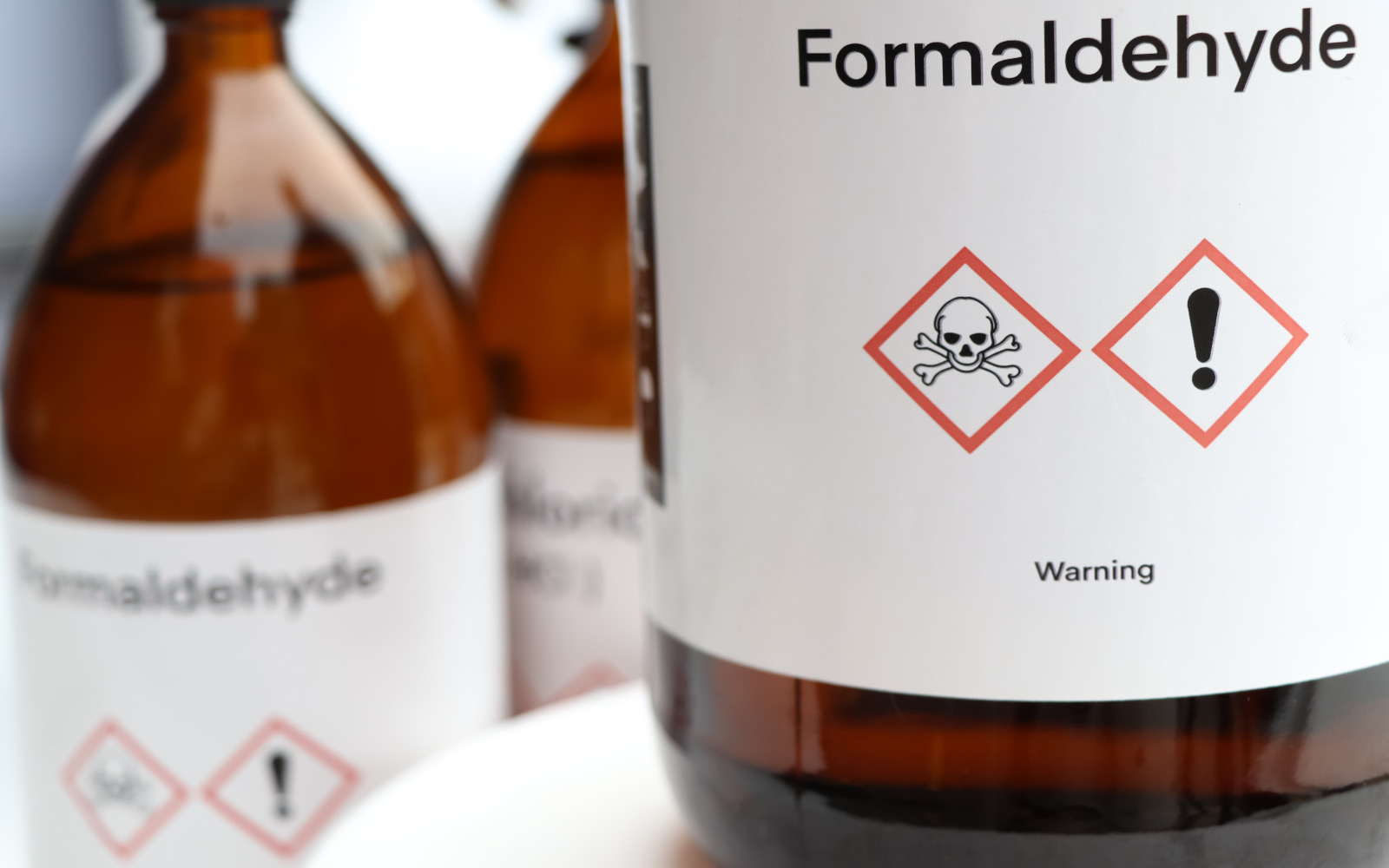Formaldehyde (HCHO) is a widely used chemical with various industrial and commercial applications. While it is a valuable compound, formaldehyde poses significant health risks, especially in high concentrations. This article explores the dangers associated with formaldehyde gas exposure, its uses, safety precautions, and best practices for ensuring a safe working environment. The goal is to provide safety managers, industrial hygienists, and other professionals with essential information to mitigate the risks of HCHO exposure.
Common Industrial Uses of Formaldehyde
Formaldehyde is utilized in a wide range of industries due to its chemical properties. Key applications include:
- Chemical Manufacturing: Used in the production of resins, such as urea-formaldehyde and phenol-formaldehyde, which are essential in making adhesives, coatings, and plastics.
- Building Materials: Employed in the manufacture of pressed wood products, including particleboard, plywood, and fiberboard.
- Textiles: Used as a finishing agent to make fabrics wrinkle-resistant.
- Healthcare: Utilized as a disinfectant and preservative in medical laboratories and mortuaries.
- Cosmetics and Personal Care Products: Found in small amounts as a preservative.
Despite its widespread use, formaldehyde is classified as a human carcinogen, making proper handling and safety measures crucial.
The Hazards of Formaldehyde Gas
Formaldehyde is a colorless gas with a strong, pungent odor. It poses several health risks:
- Respiratory Irritation: Inhalation of HCHO can cause irritation of the respiratory tract, leading to symptoms such as coughing, wheezing, and chest tightness. Prolonged exposure may result in chronic respiratory conditions.
- Eye and Skin Irritation: Exposure can cause burning sensations in the eyes and skin, leading to redness, tearing, and dermatitis.
- Carcinogenicity: Formaldehyde is a known human carcinogen, with long-term exposure linked to certain types of cancer, particularly nasopharyngeal cancer and leukemia.
Exposure Limits and Regulations
To protect workers from the dangers of formaldehyde, various regulatory bodies have established exposure limits:
OSHA (Occupational Safety and Health Administration):
-
- PEL (Permissible Exposure Limit): 0.75 ppm (8-hour TWA), 2 ppm (STEL)
NIOSH (National Institute for Occupational Safety and Health):
-
- REL (Recommended Exposure Limit): 0.016 ppm (10-hour TWA), 0.1 ppm (15-minute ceiling)
ACGIH (American Conference of Governmental Industrial Hygienists):
-
- TLV (Threshold Limit Value): 0.1 ppm (ceiling)
Safety Measures and Best Practices
Handling formaldehyde safely requires a comprehensive approach. Key safety measures include:
1. Fixed Gas Detection Systems:
-
- Continuous Monitoring: Fixed gas detectors can monitor HCHO levels, providing early detection of leaks and ensuring compliance with safety standards.
- Alarm Systems: Audible and visual alarms alert personnel to hazardous concentrations, prompting immediate action.
2. Personal Protective Equipment (PPE):
-
- Workers should use appropriate PPE, including respirators, chemical-resistant gloves, goggles, and protective clothing, especially in areas with potential HCHO exposure.
3. Proper Ventilation and Containment:
-
- Adequate ventilation systems are essential to disperse formaldehyde gas and prevent the buildup of hazardous concentrations. Containment measures, such as fume hoods and local exhaust ventilation, can help control emissions.
4. Emergency Response Plans:
-
- Comprehensive emergency response plans should include procedures for containment, evacuation, and first aid. Coordination with local emergency services is vital for effective response.
5. Training and Awareness:
-
- Regular training on the hazards of HCHO, safe handling practices, and emergency procedures is crucial for all employees. Awareness programs can reinforce safety protocols.
Formaldehyde is a versatile industrial chemical with significant applications, but it poses serious health risks if not properly managed. Understanding its hazards and implementing stringent safety measures, including gas detection systems, proper PPE, ventilation, and comprehensive emergency planning, are essential for protecting workers and facilities.
By adhering to best practices and maintaining vigilance, industries can minimize the dangers associated with HCHO exposure.
For more information on formaldehyde safety and Interscan’s Accusafe and GasD 8000 detection systems, please contact us and request a quote today.


